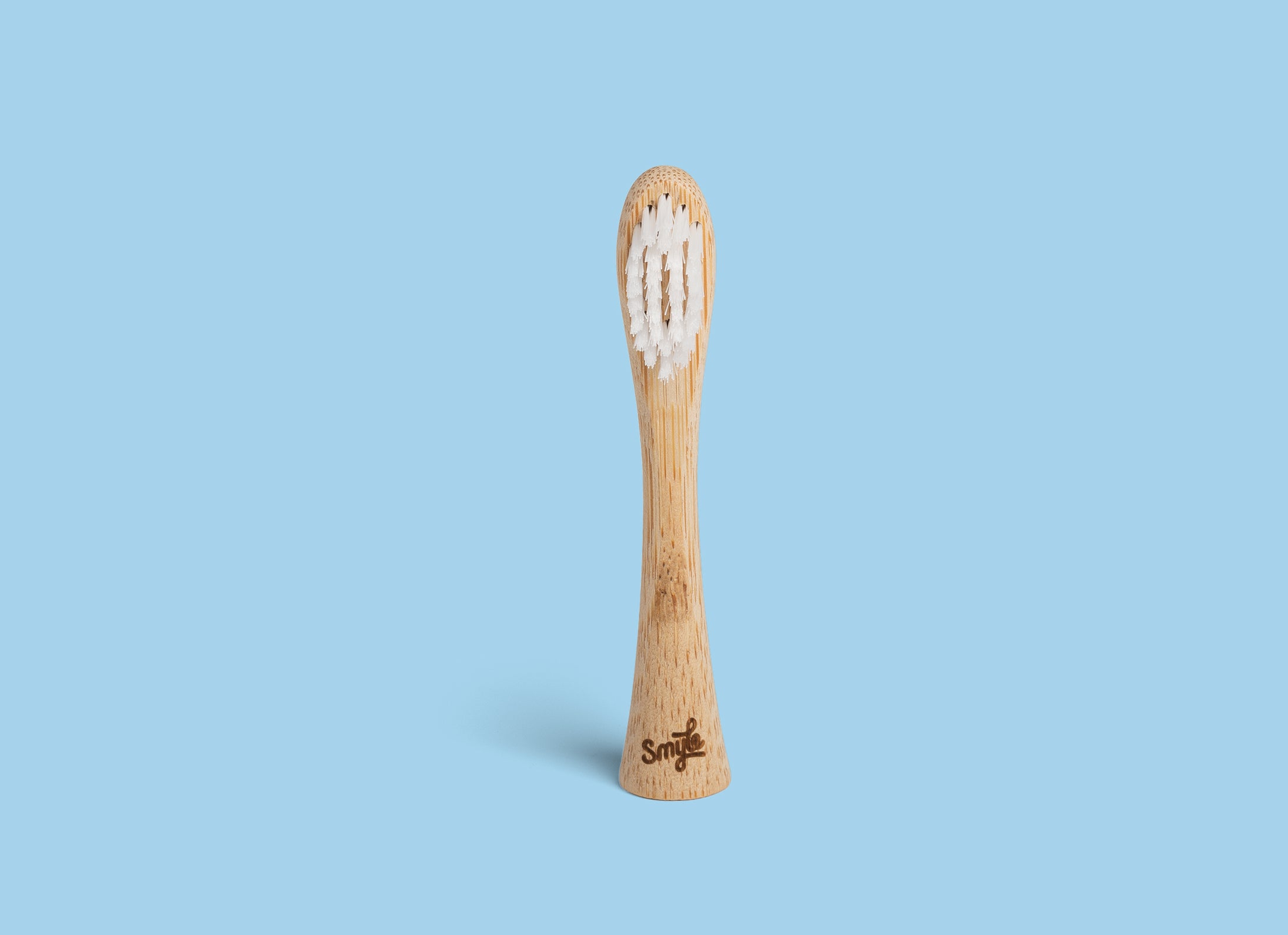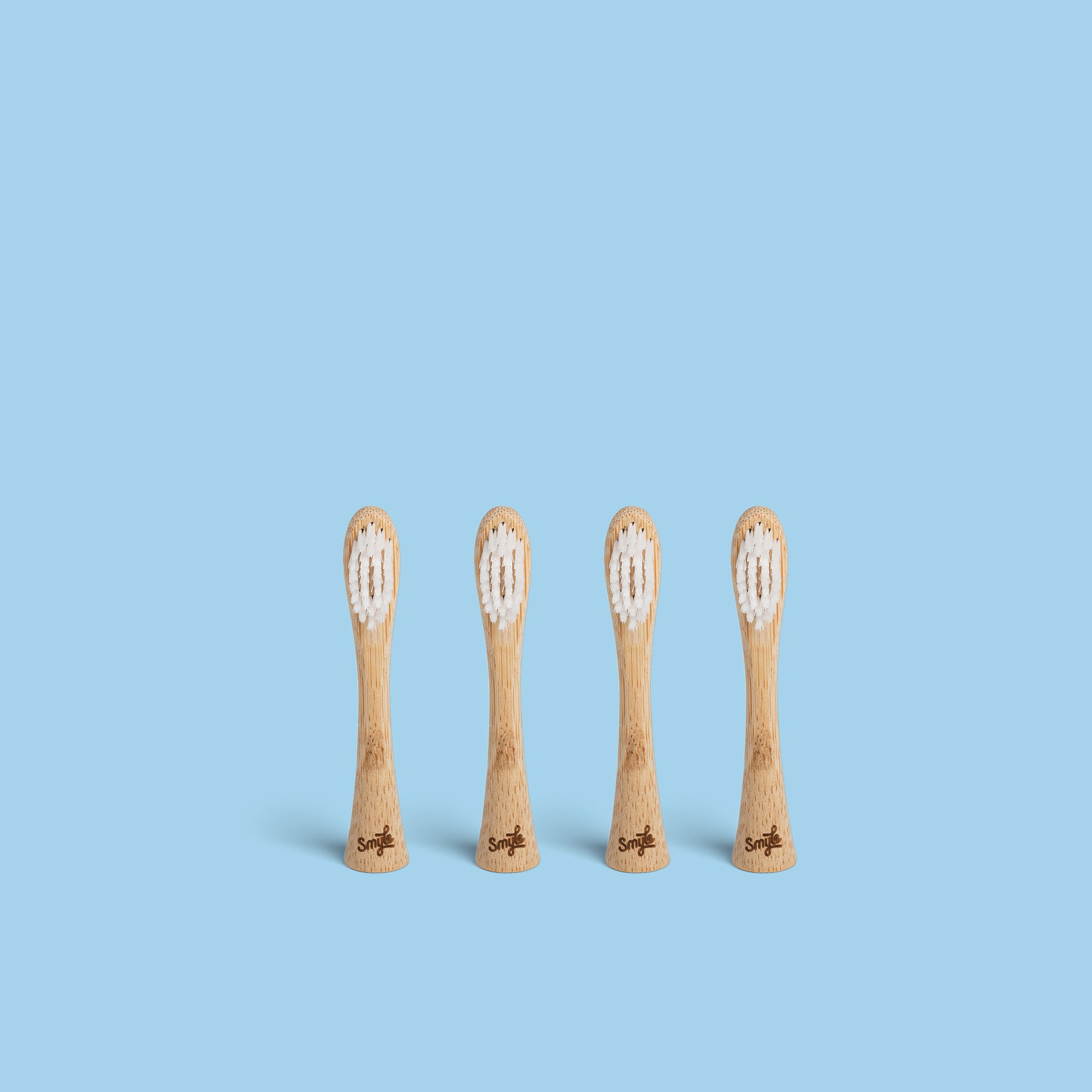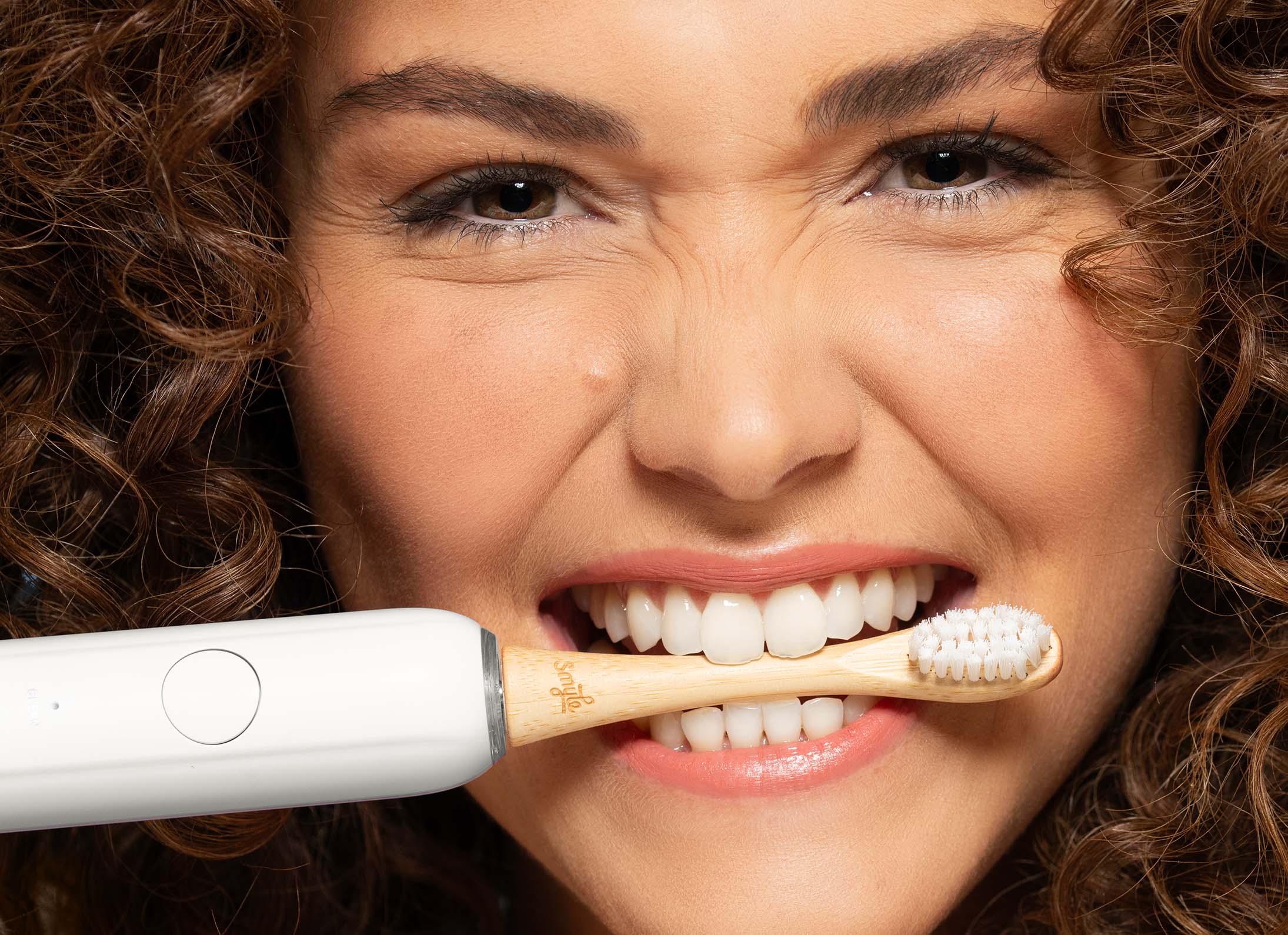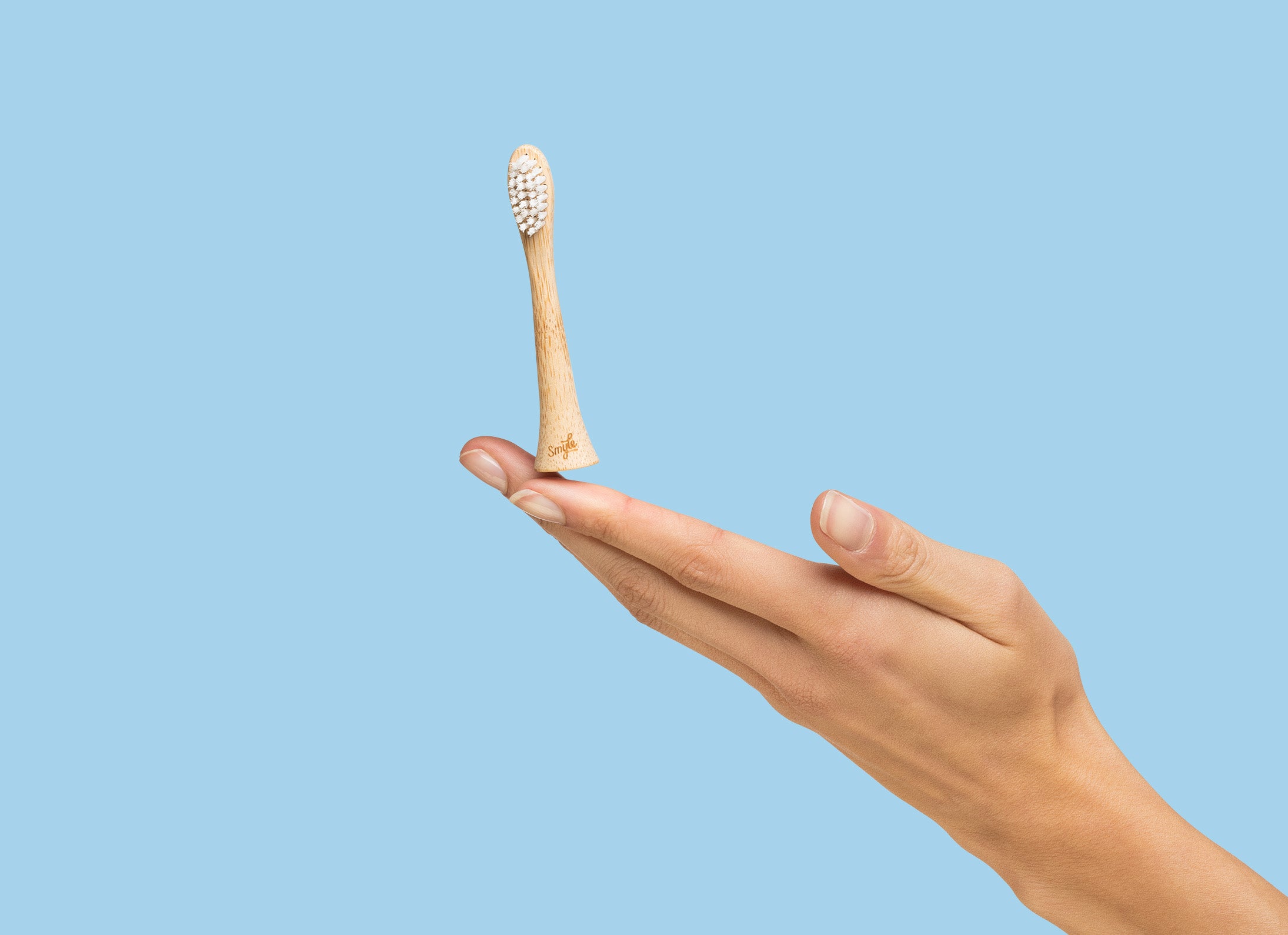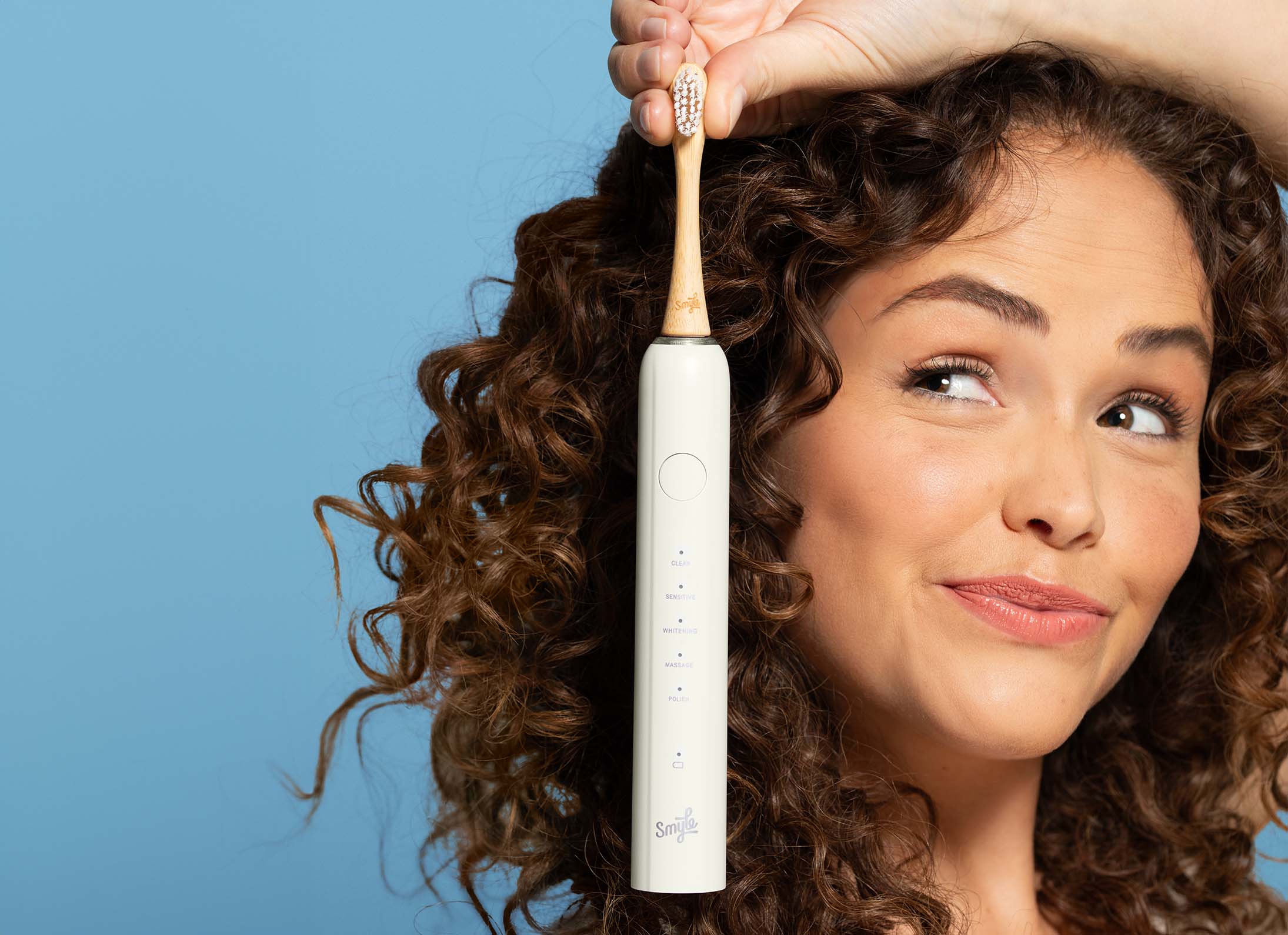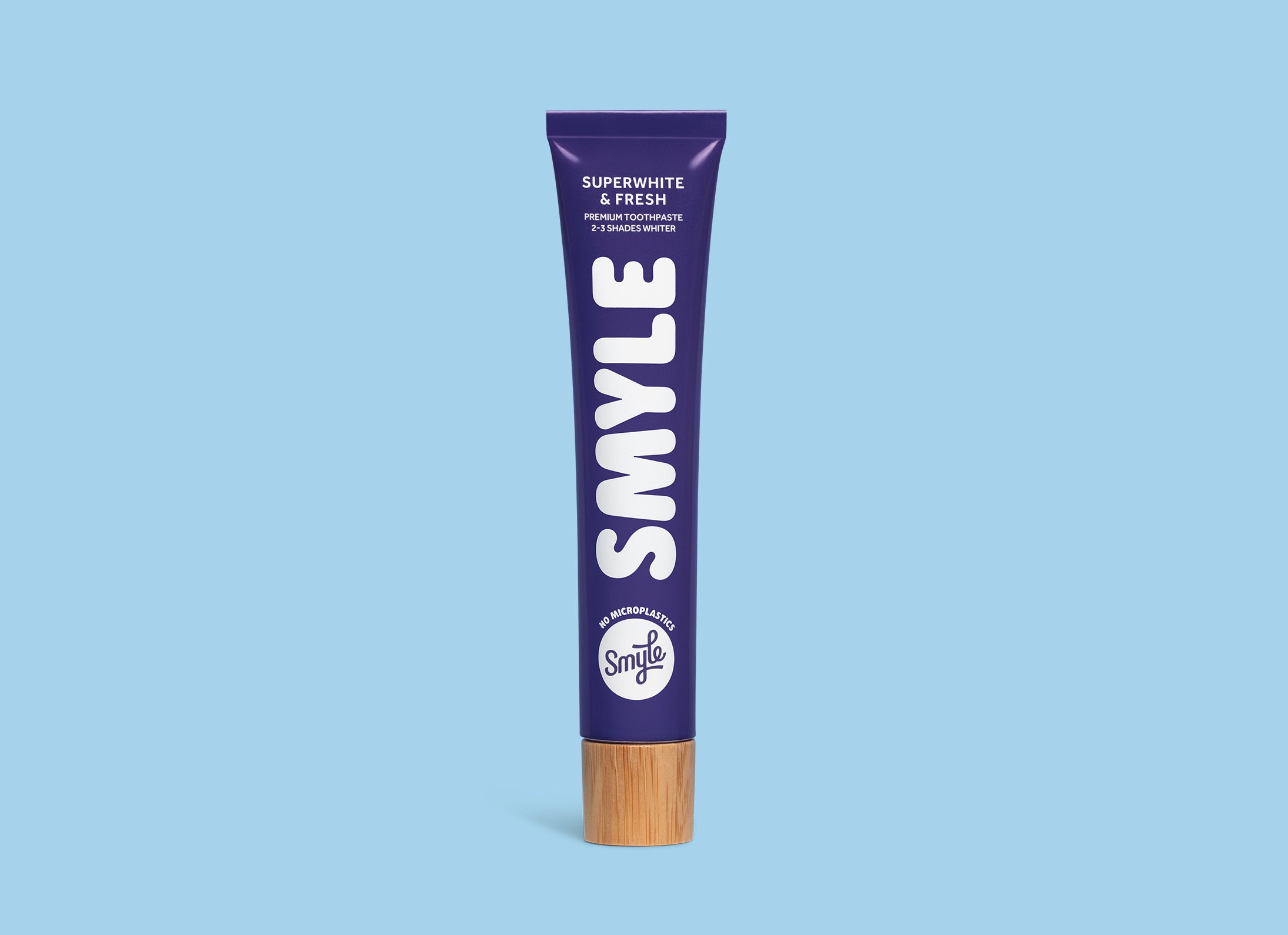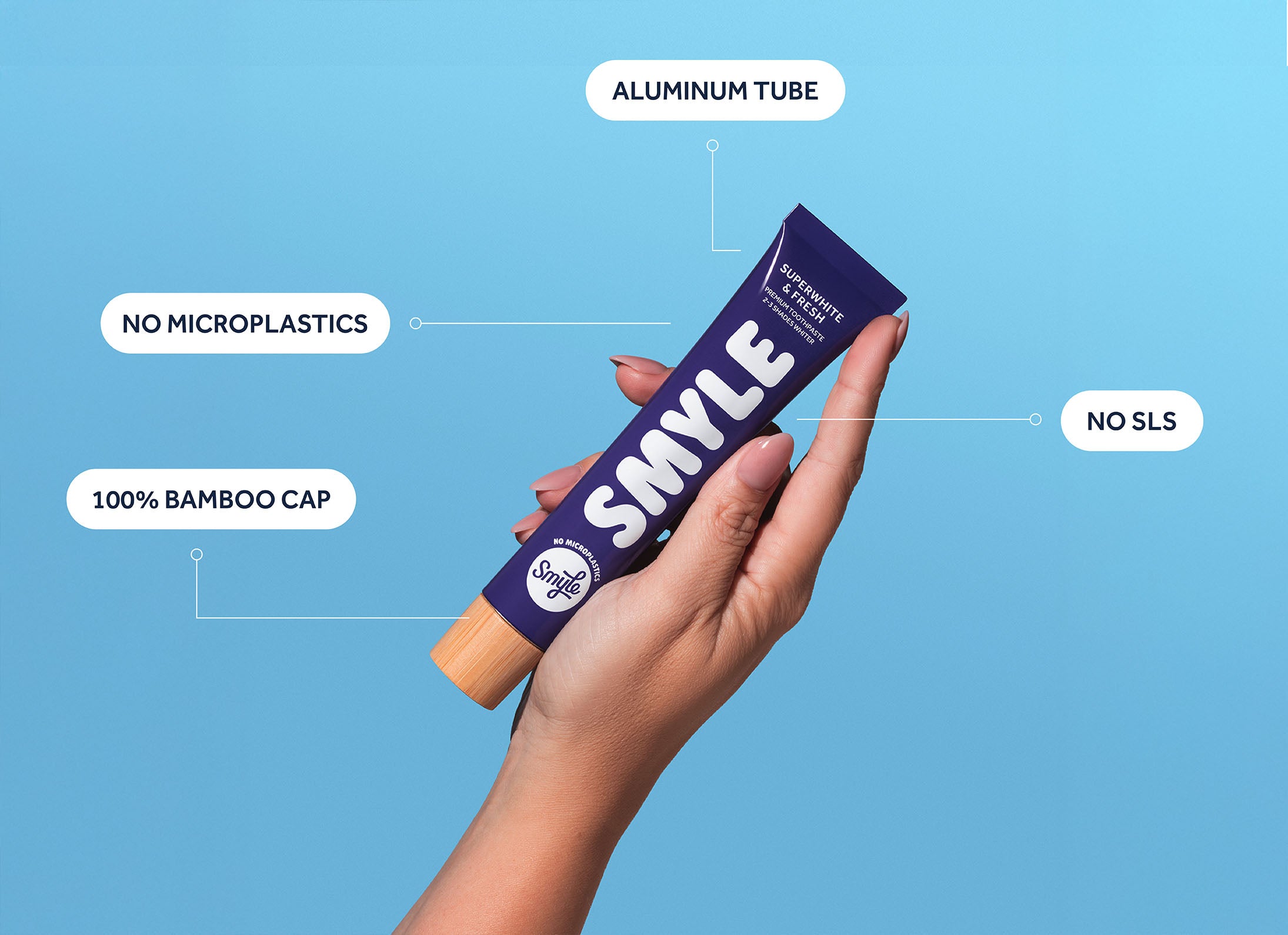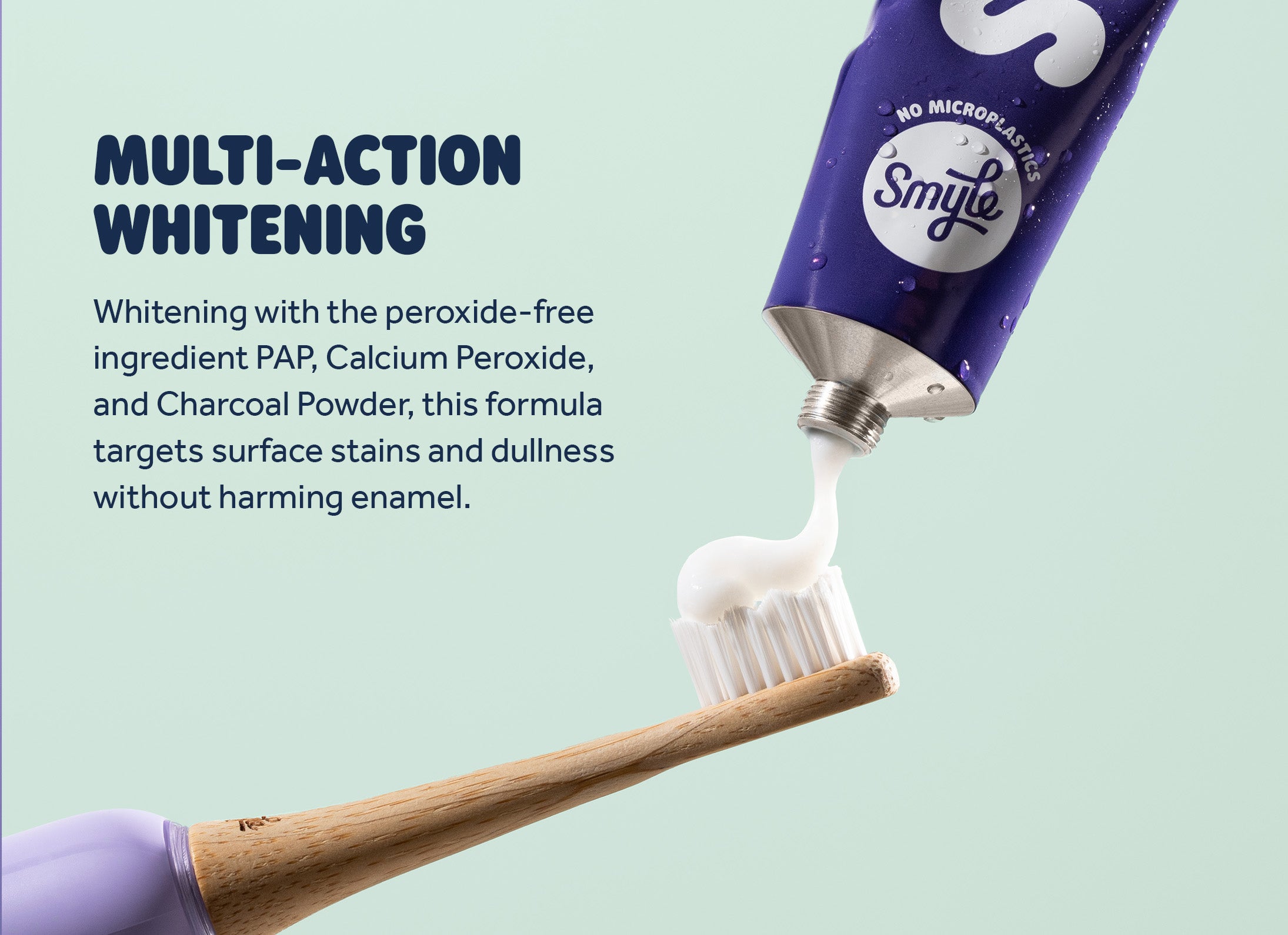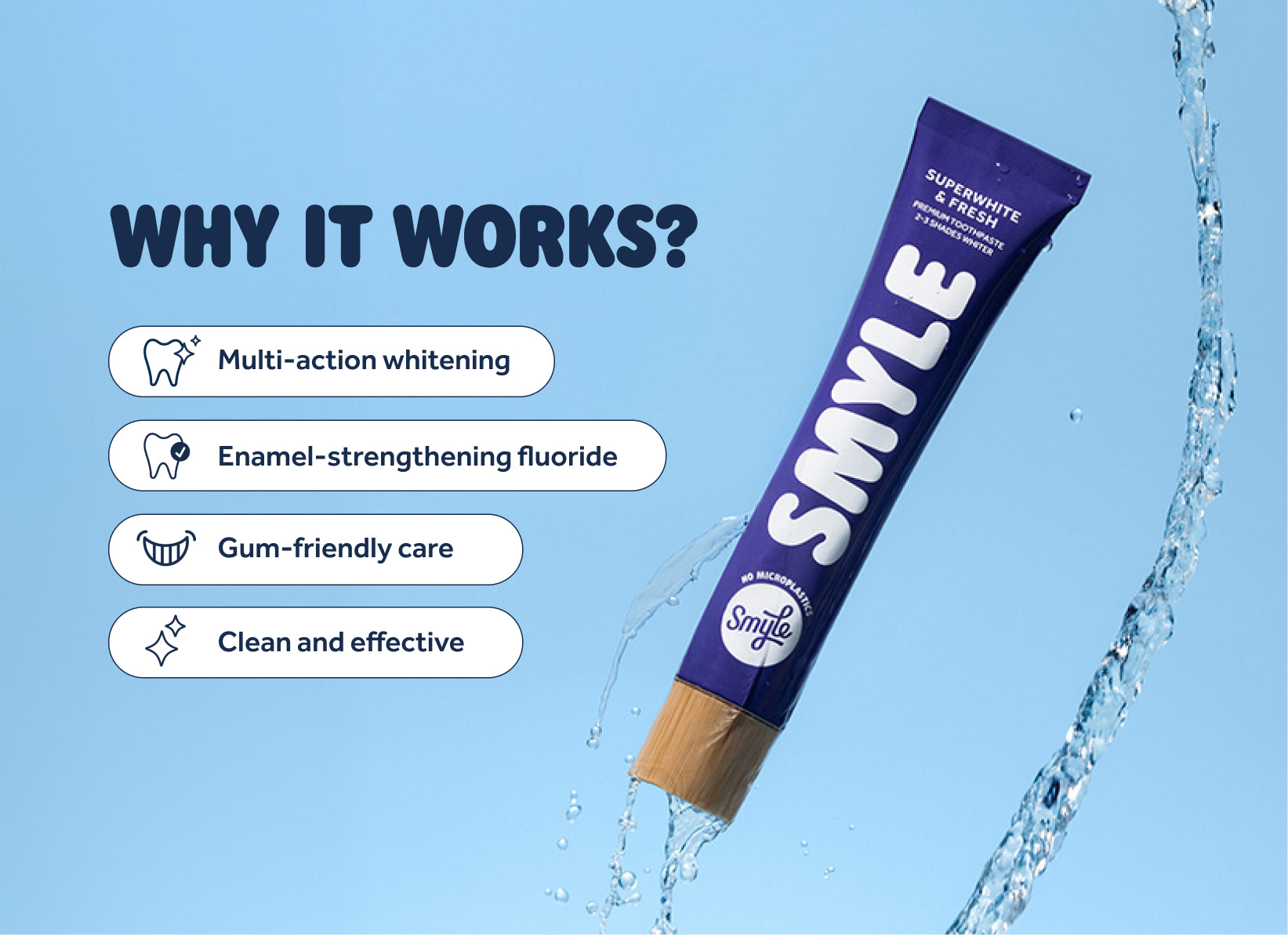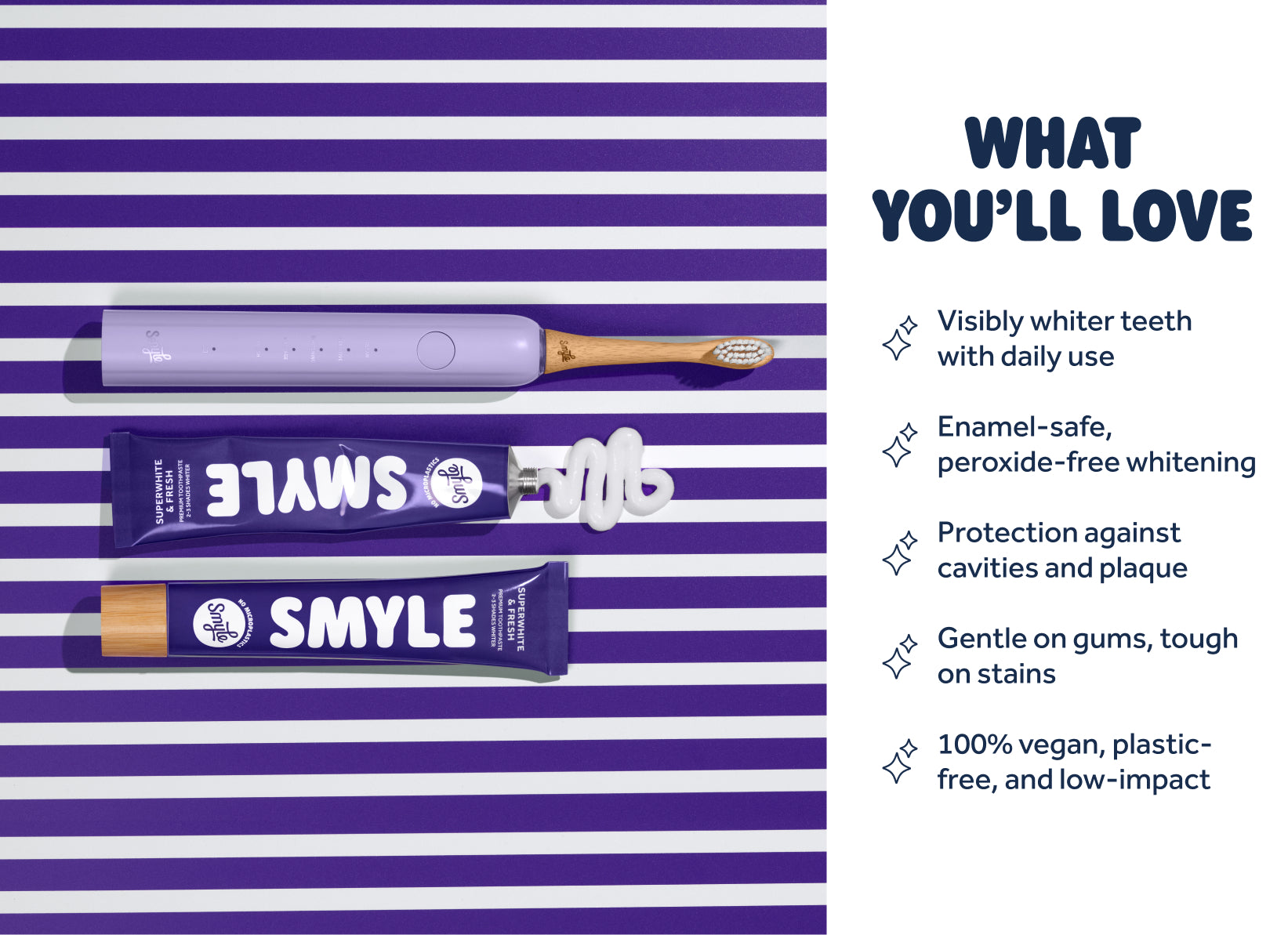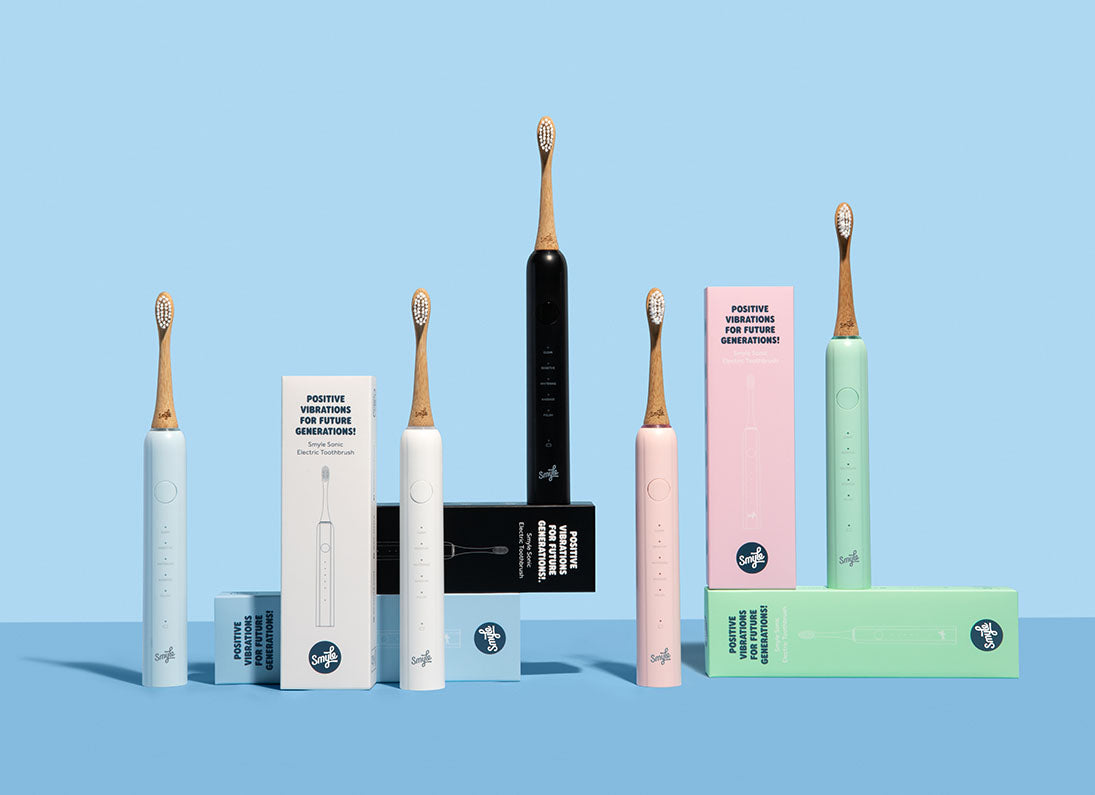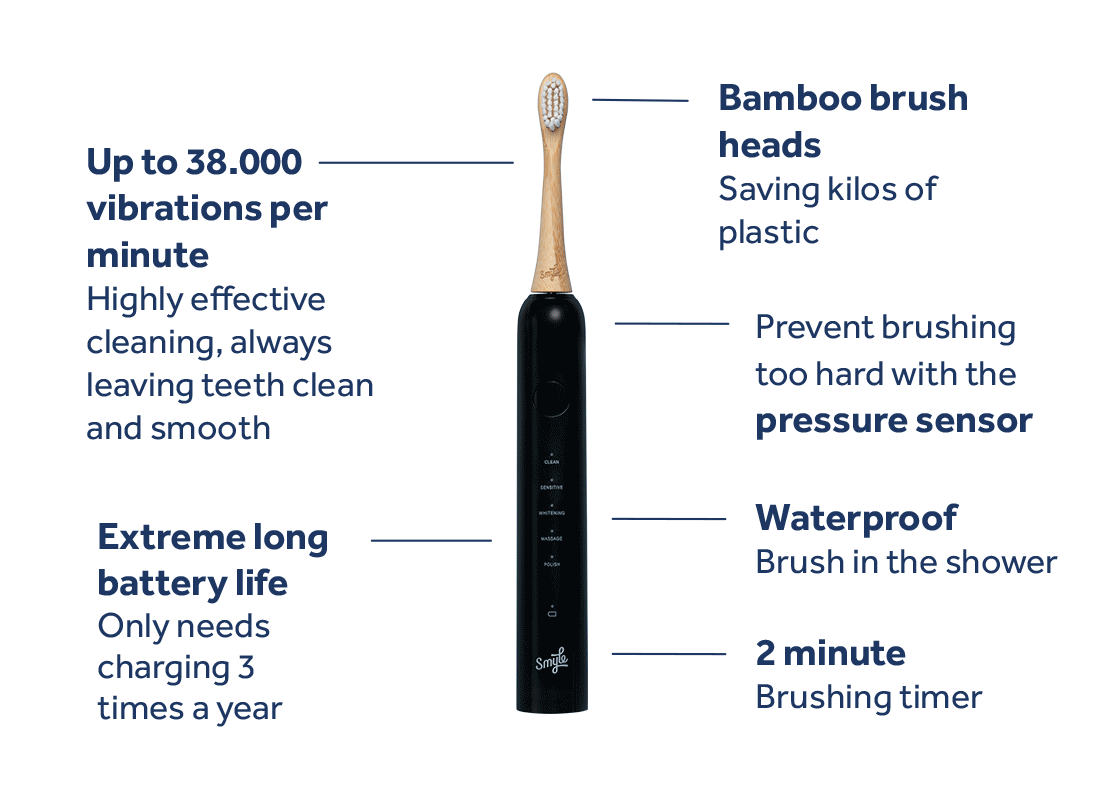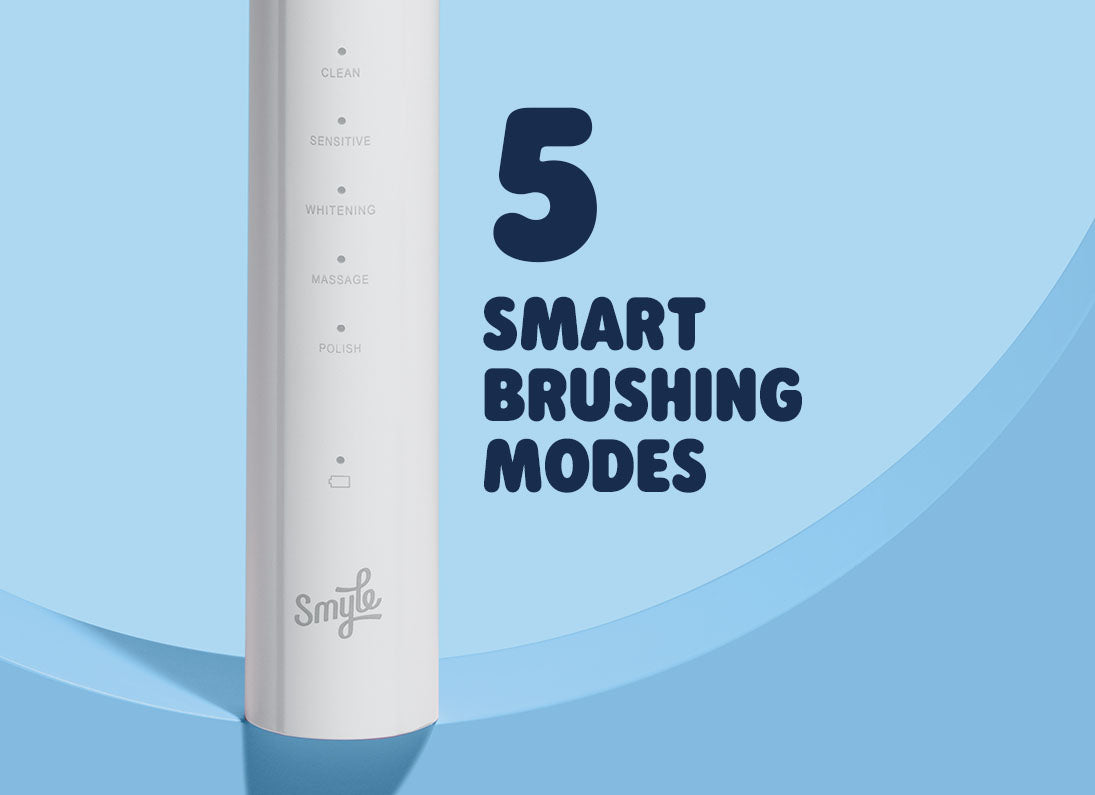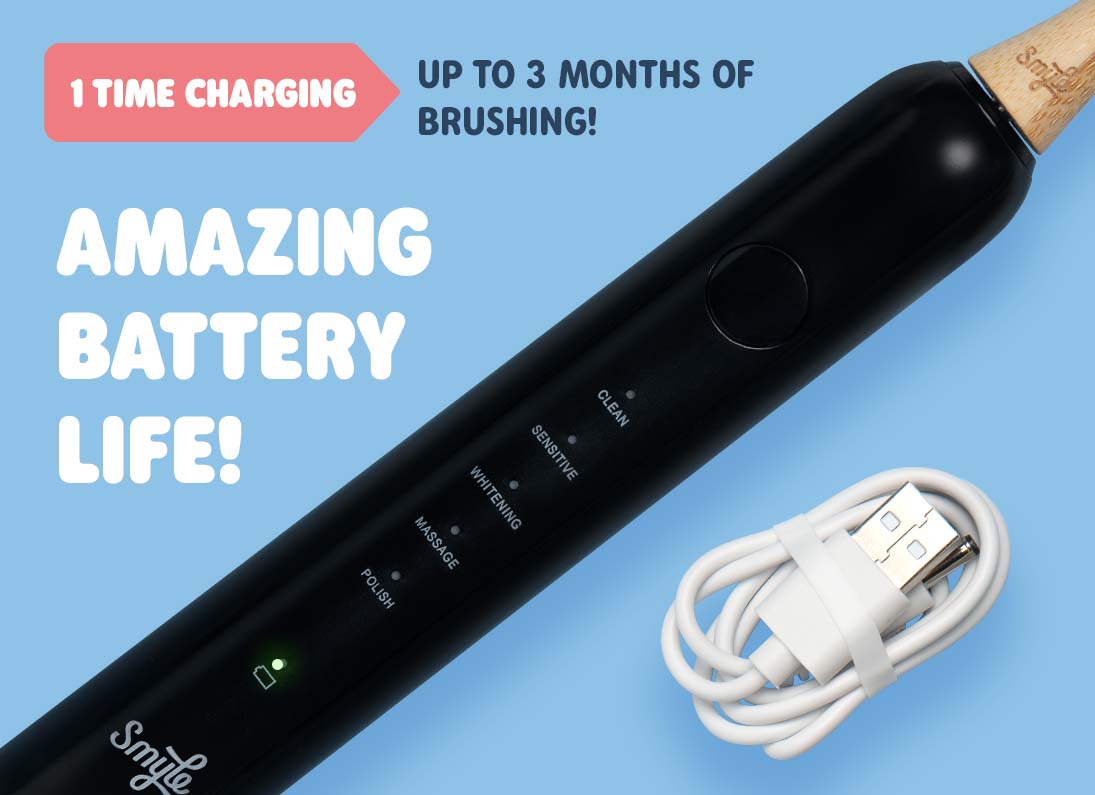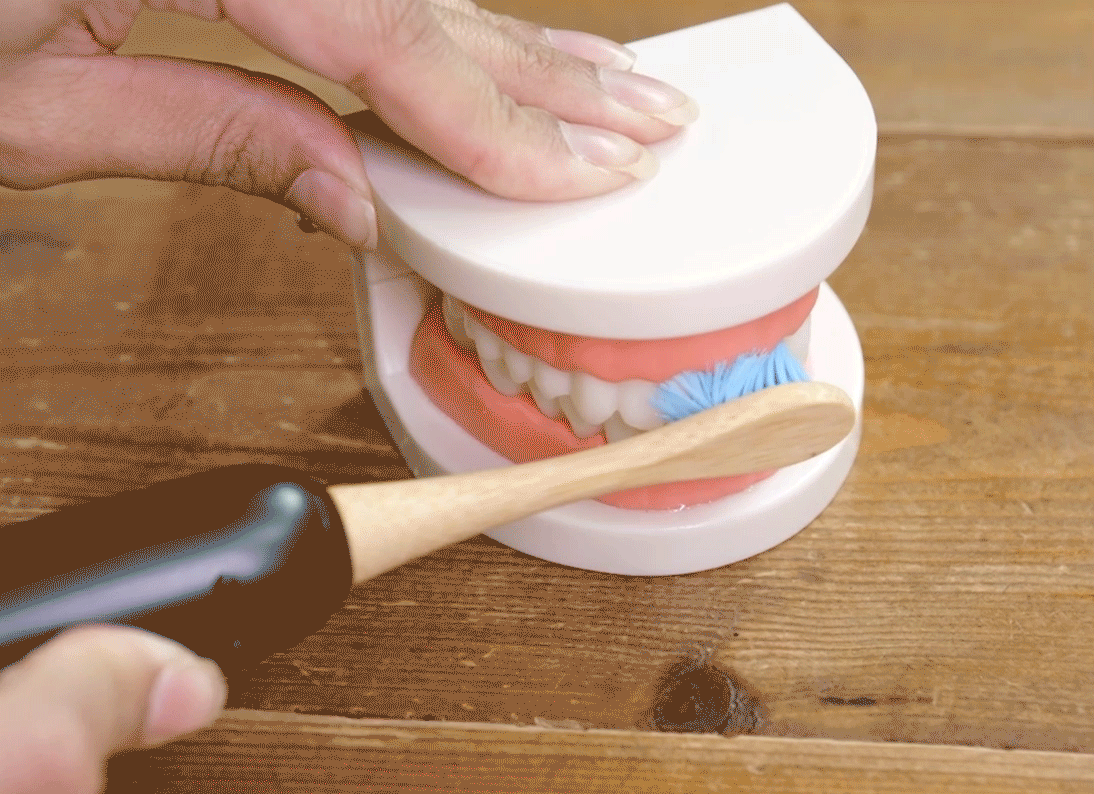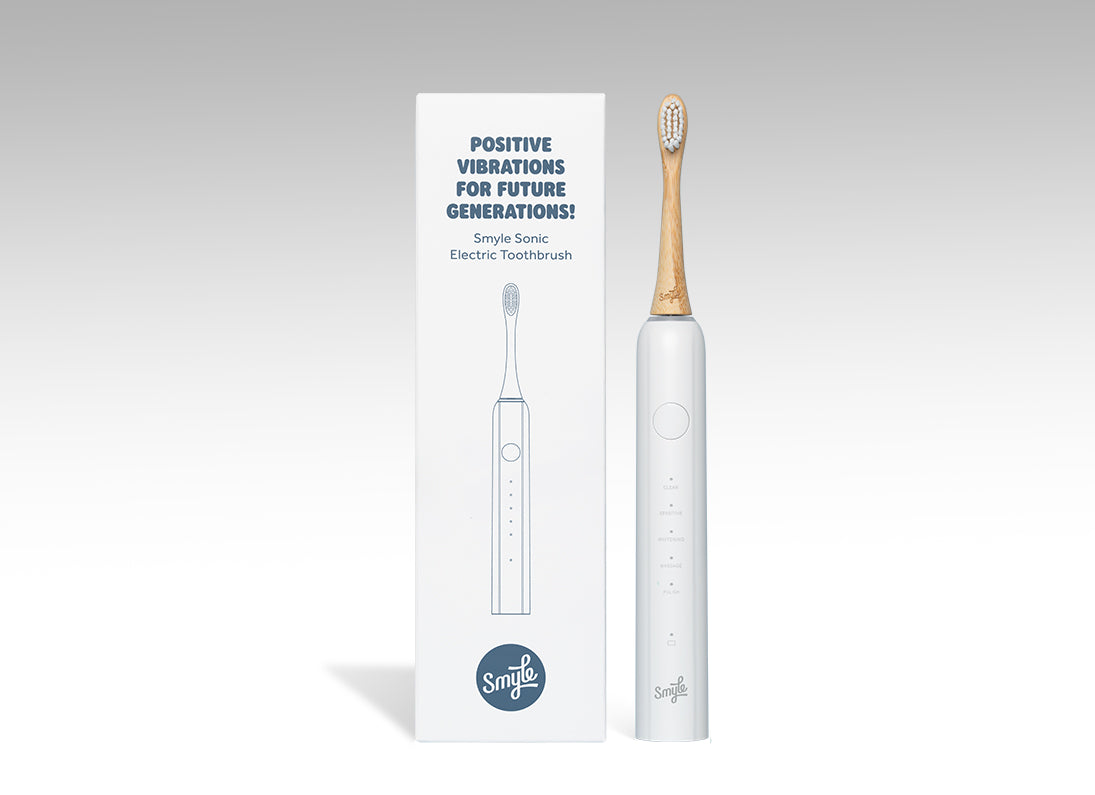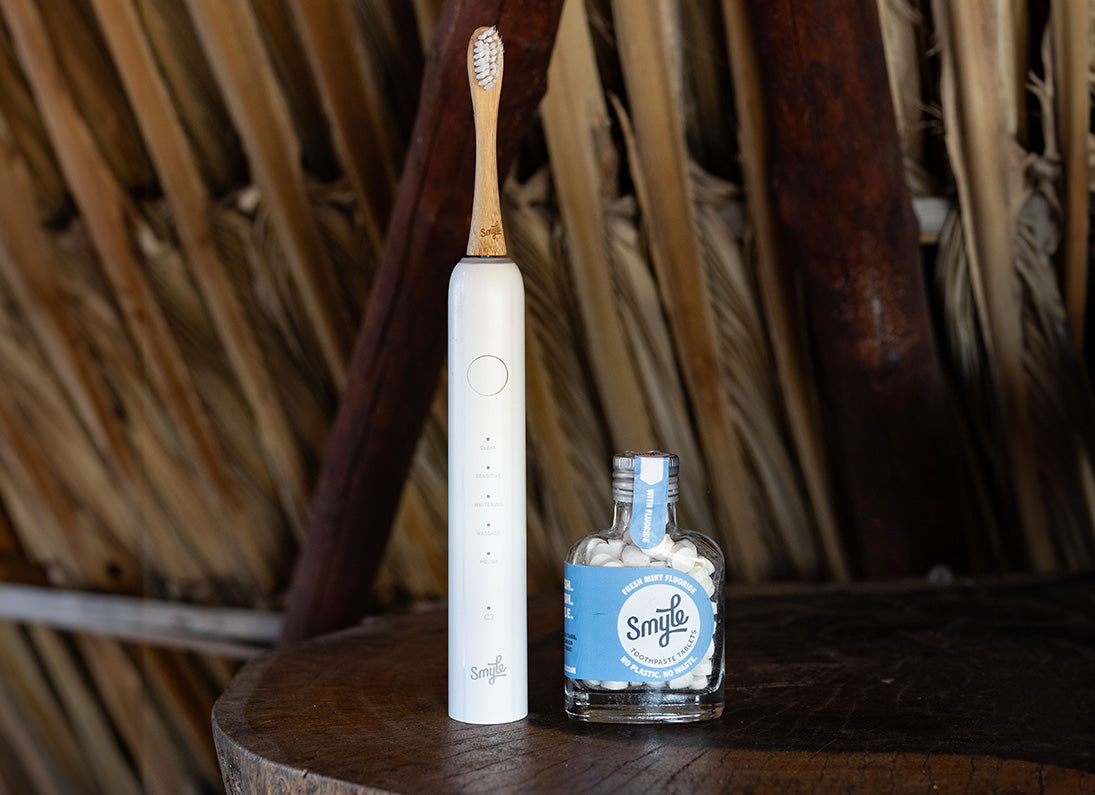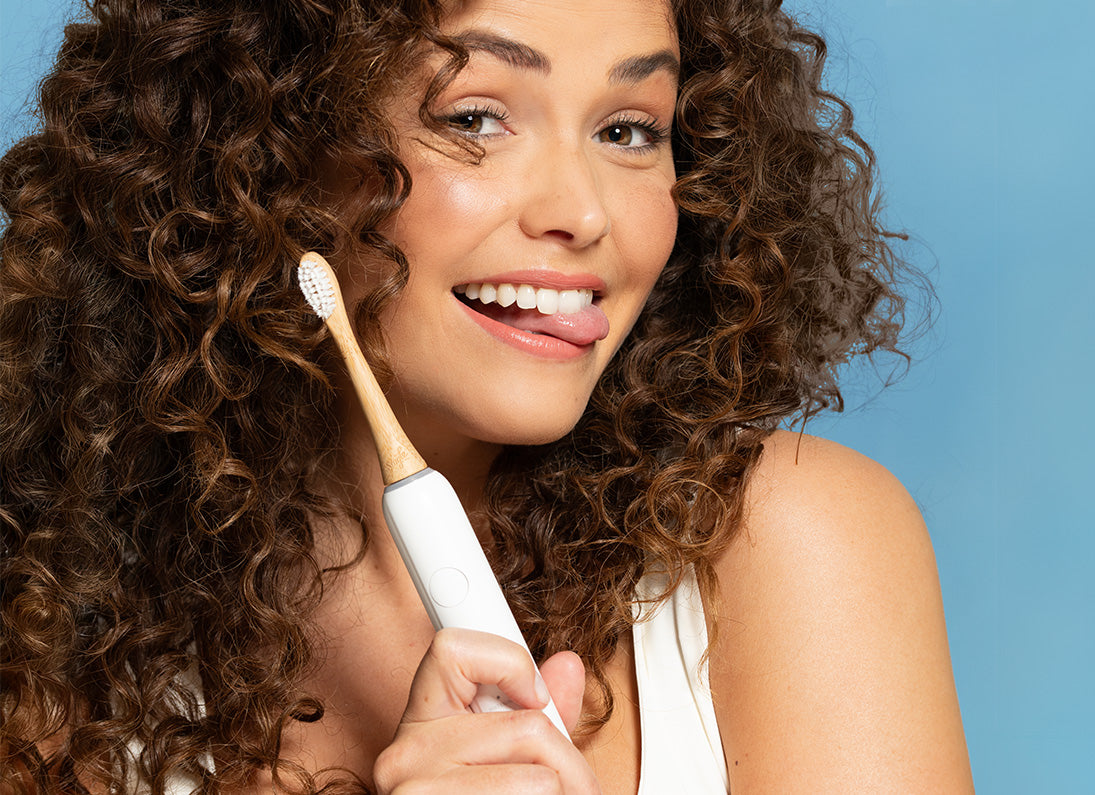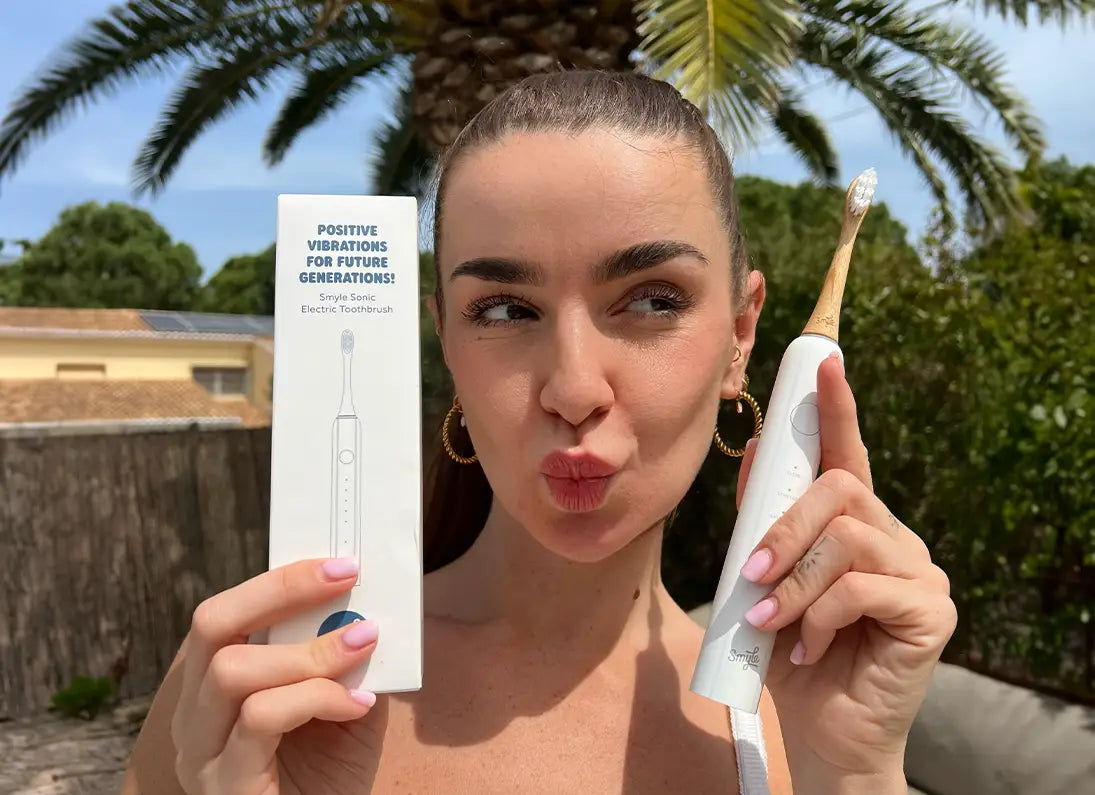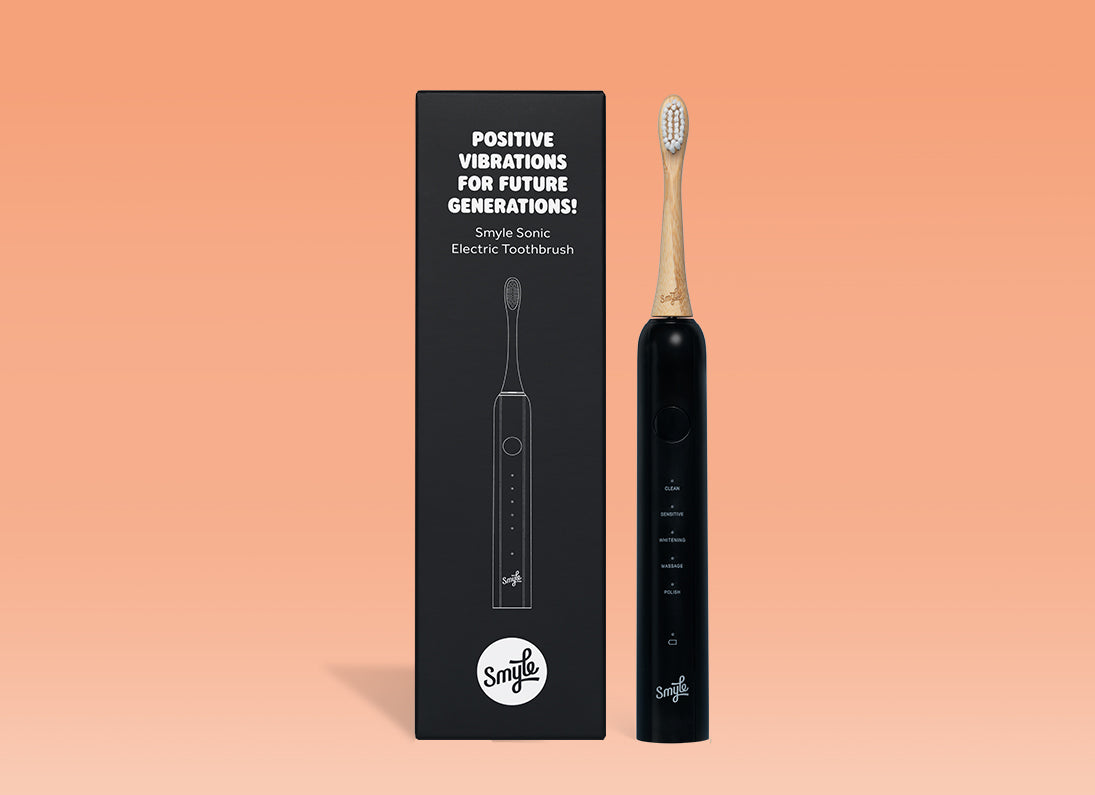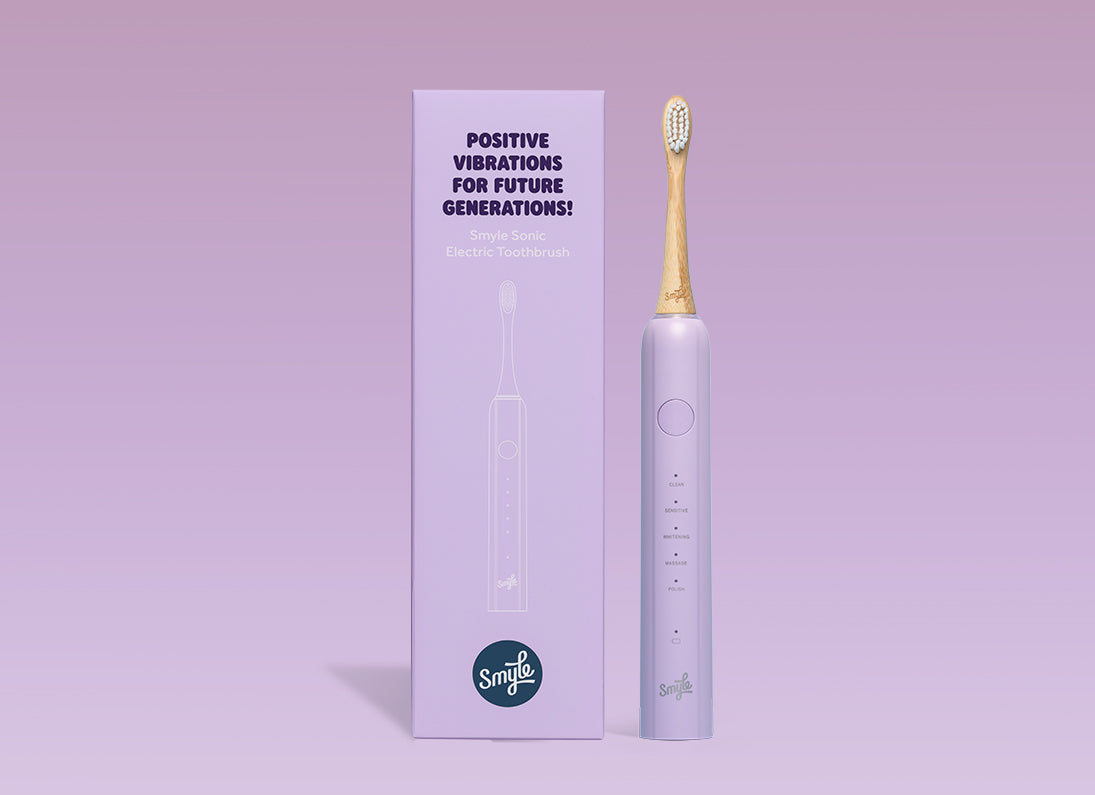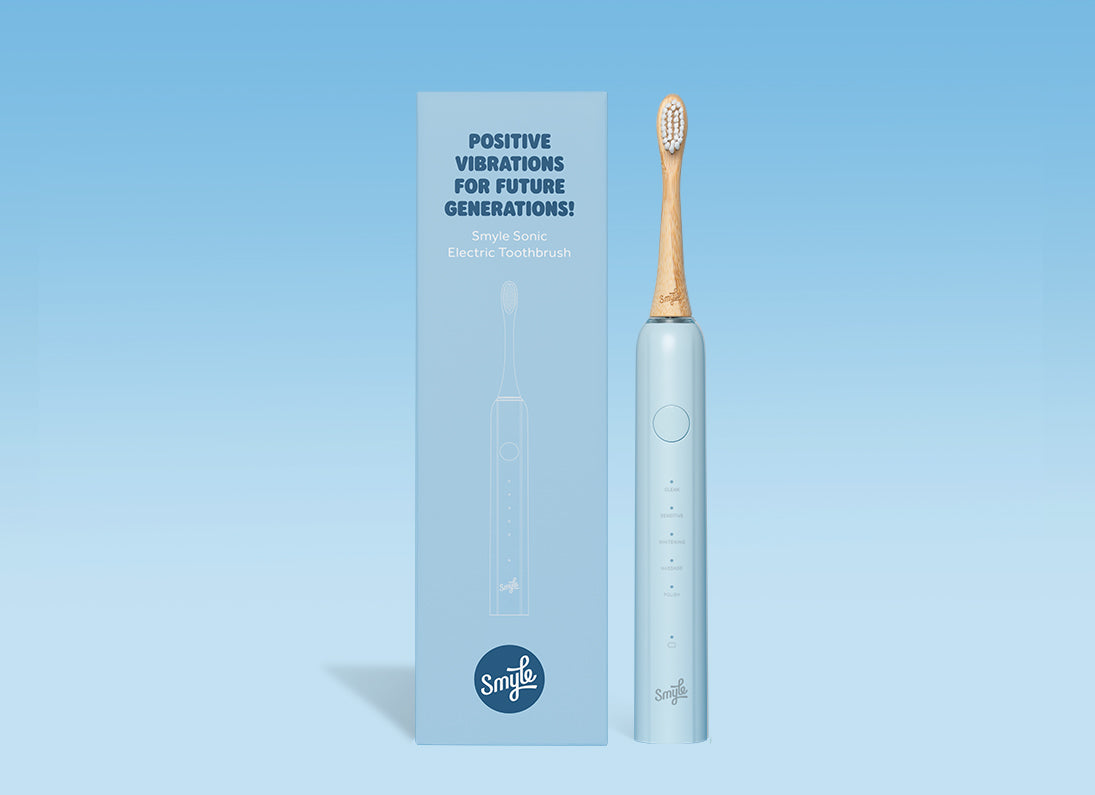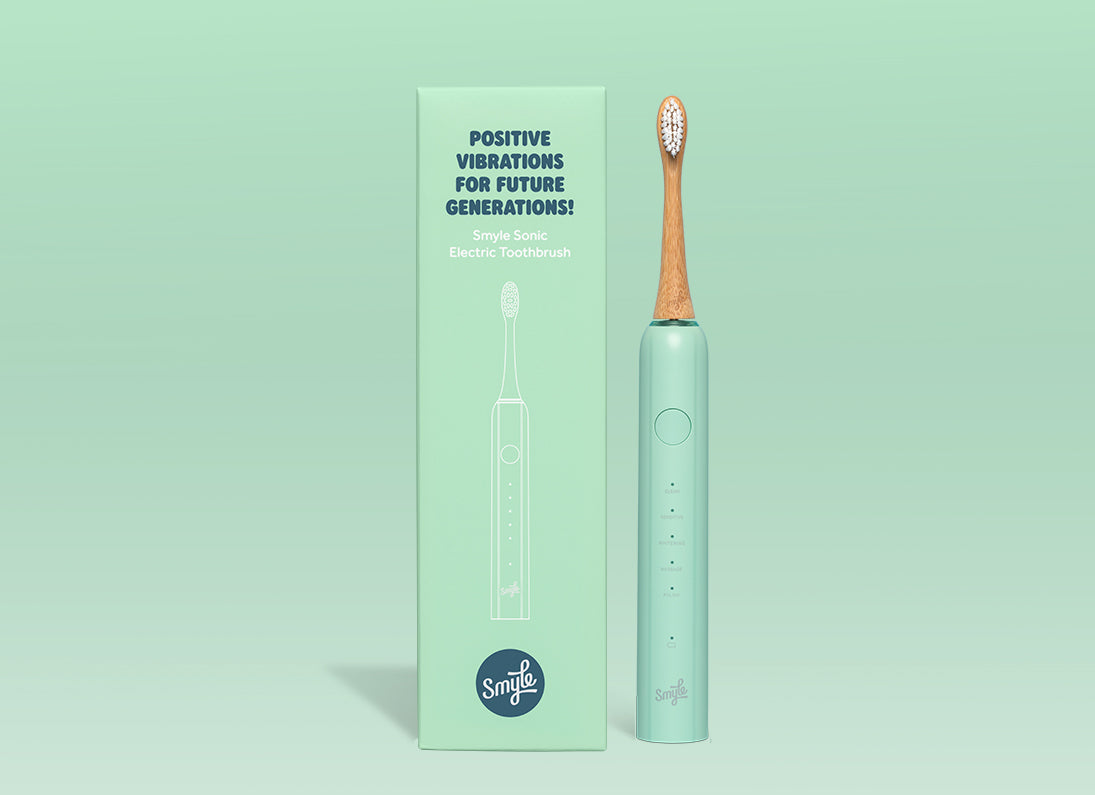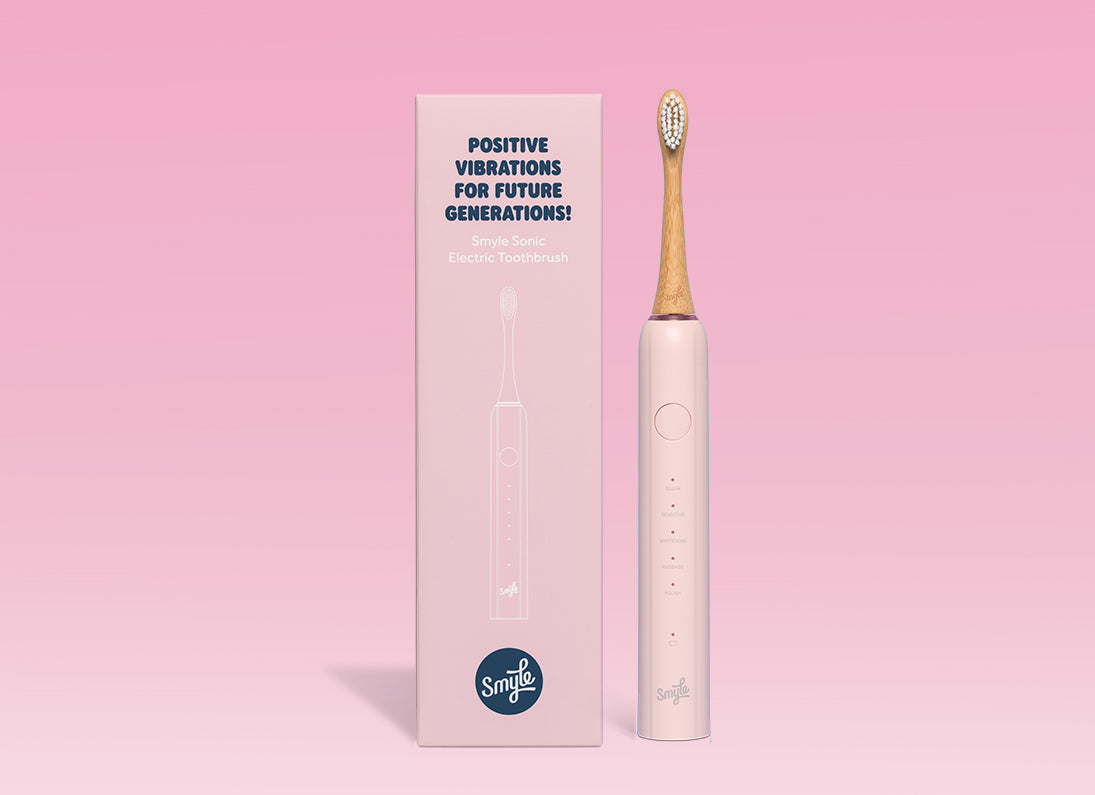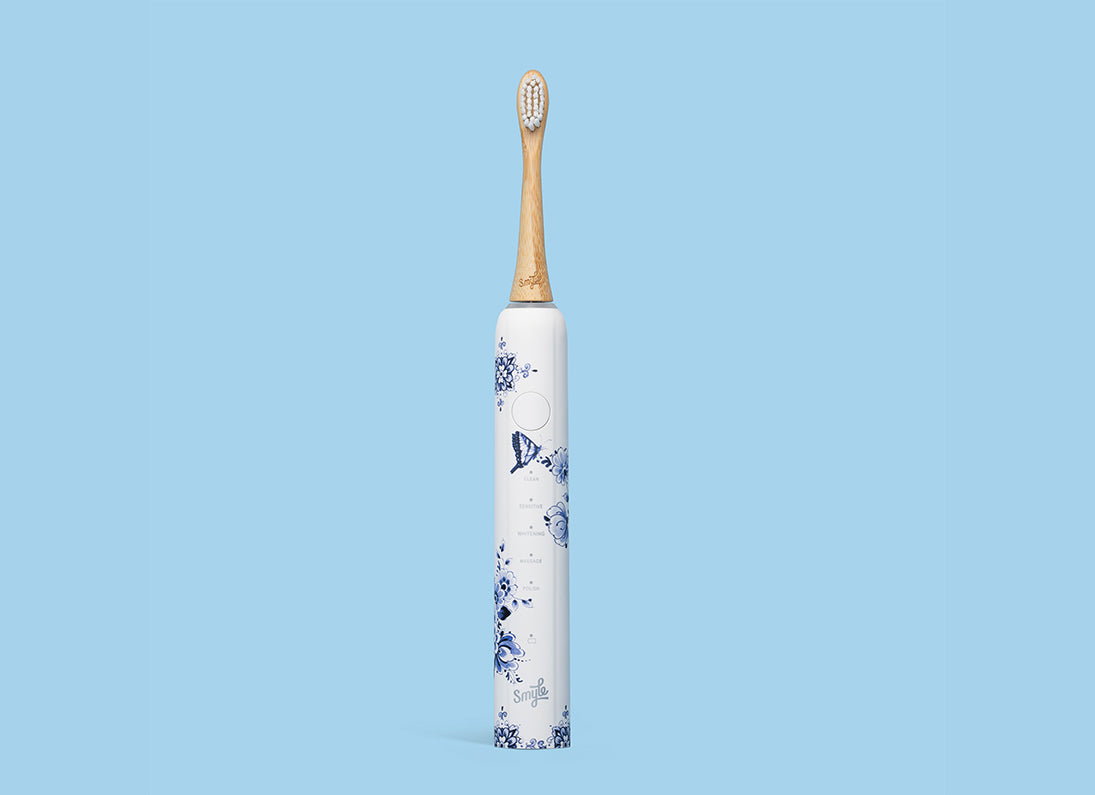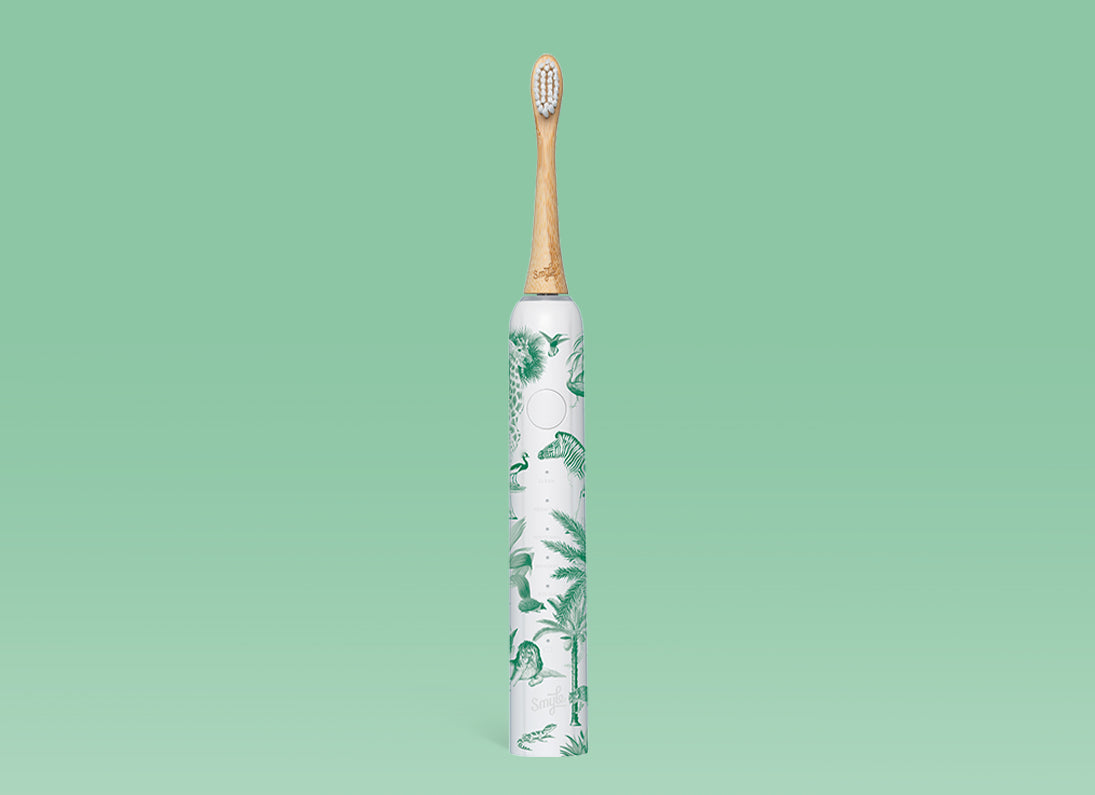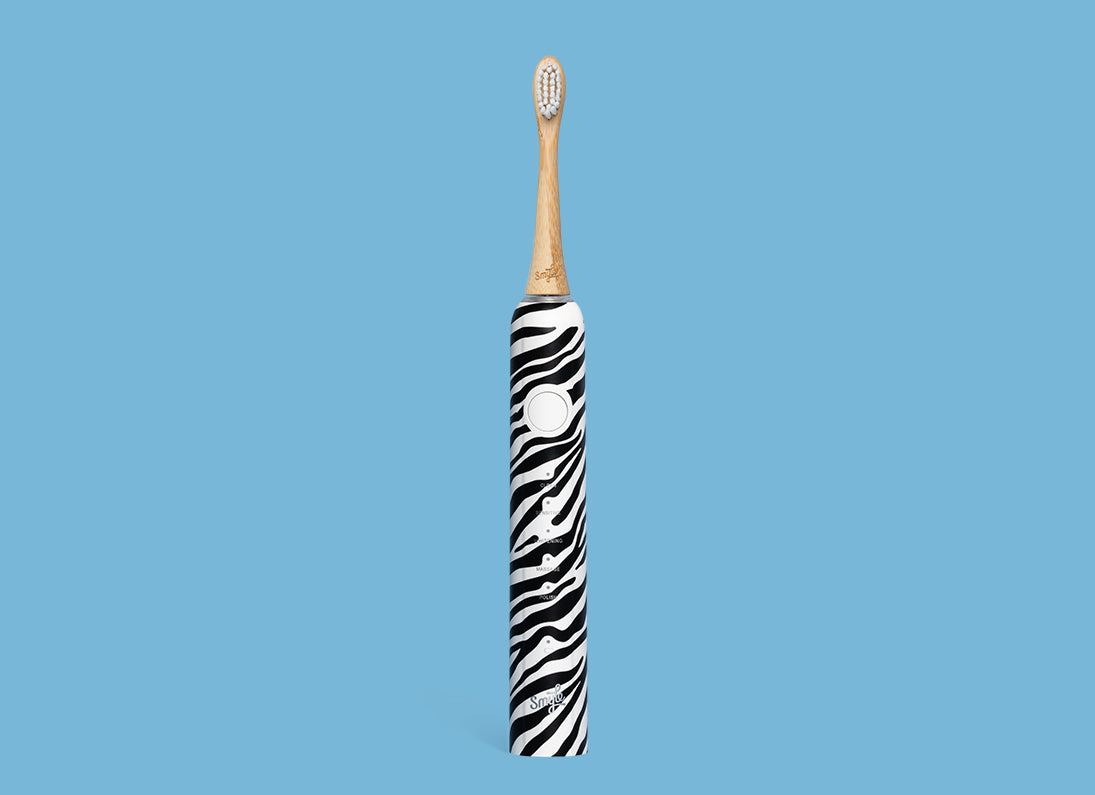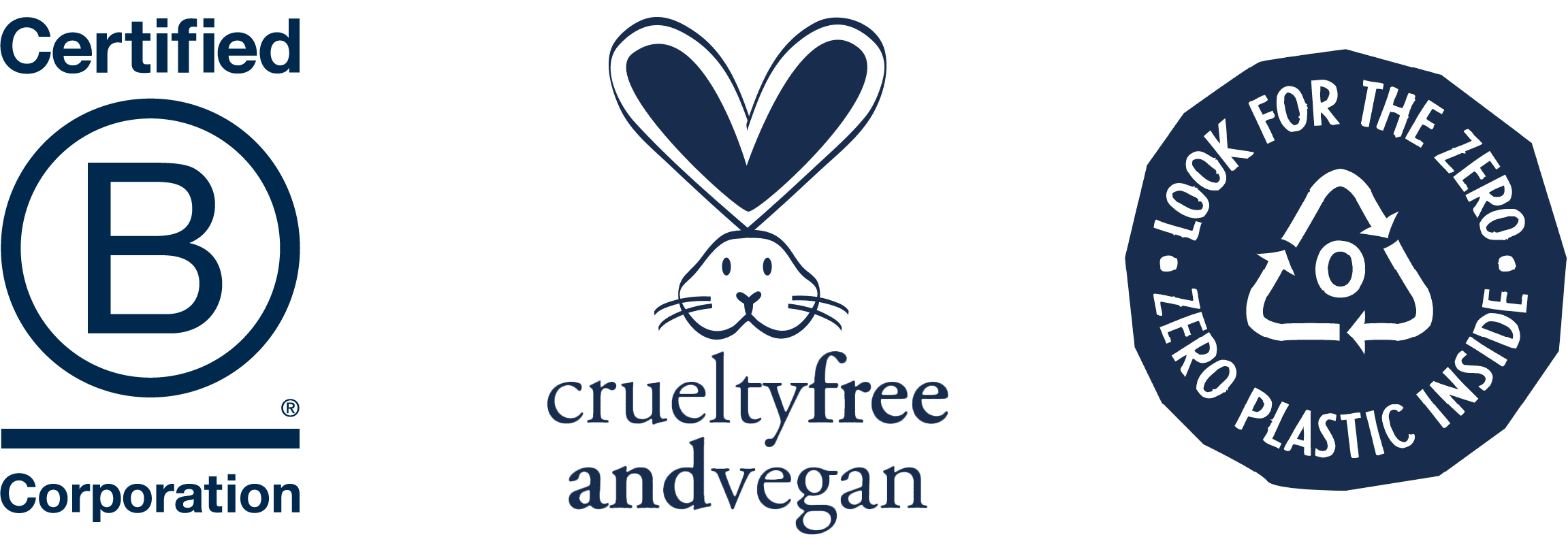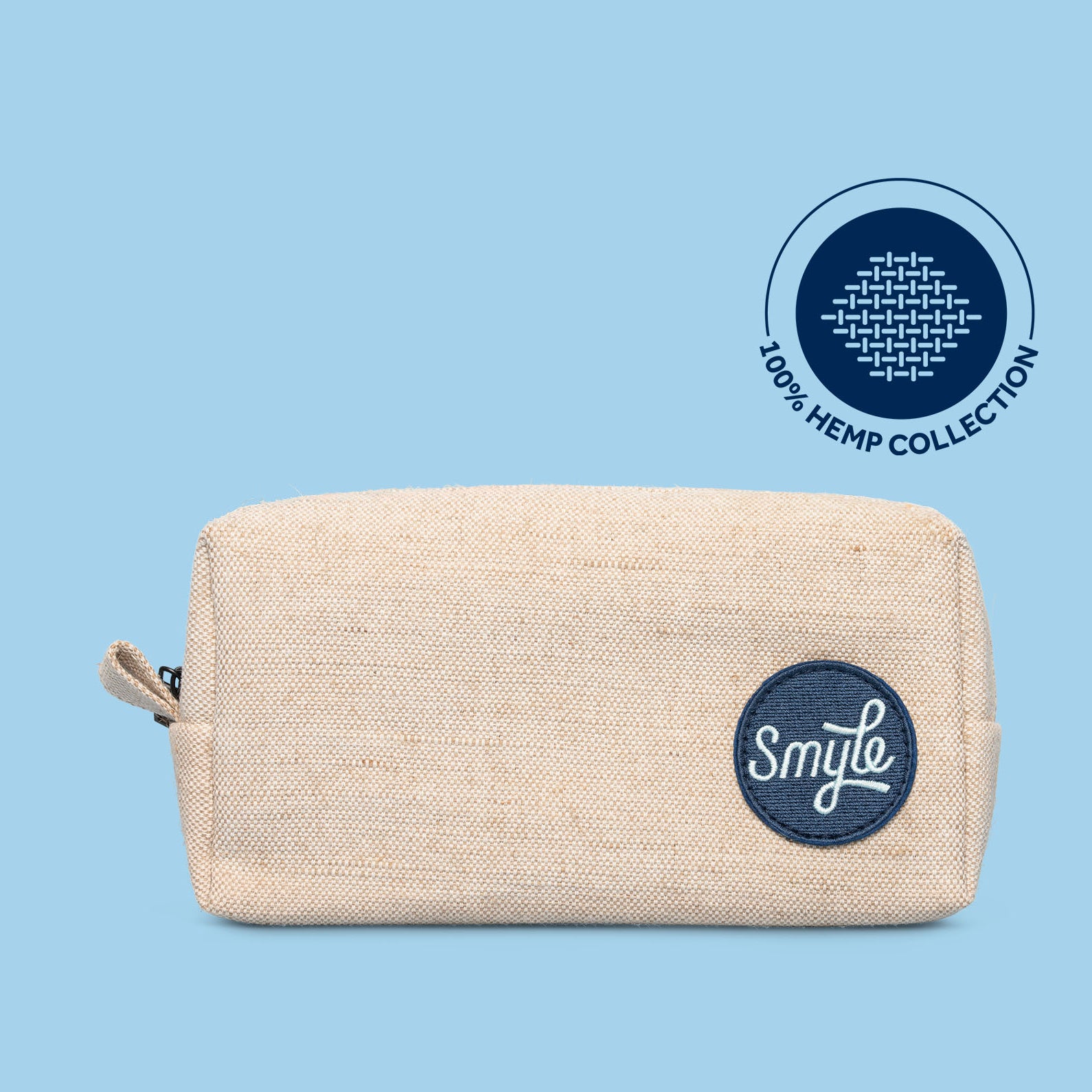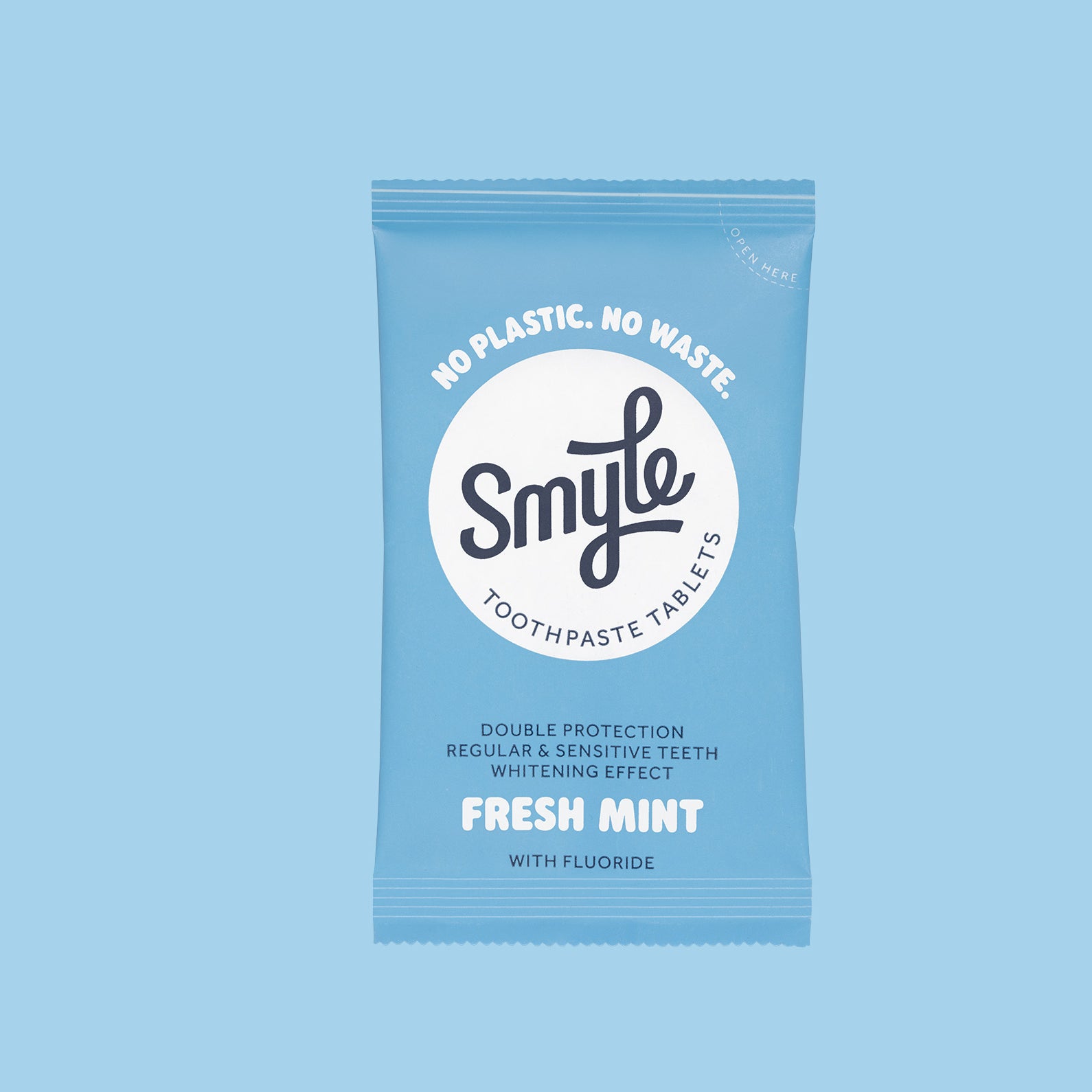
Good oral health is vital for our overall well-being. A healthy set of teeth not only contributes to a radiant Smyle, but also plays a key role in preventing a range of oral health issues. At the center of effective oral care is the toothbrush. In this blog post, our goal is to provide a complete guide to toothbrushes. We’ll highlight the importance of oral hygiene and explore the toothbrush’s role in maintaining a healthy smile. Whether you’re interested in manual brushes, electric ones, or alternative options—this guide will help you make informed choices and elevate your oral care routine.
The Toothbrush
A toothbrush is an essential tool for daily oral care. It’s a small handheld instrument with a handle and bristles at the end, designed to remove plaque, food particles, and bacteria from your teeth and between them. Brushing regularly helps prevent tooth decay, gum disease, and bad breath.
Different Types of Toothbrushes
There are various types of toothbrushes available, each with unique features and benefits. Whether you prefer a traditional manual brush, are looking for the efficiency of an electric one, or want to explore alternatives—there’s always a toothbrush that fits your needs.
Manual Toothbrushes
A manual toothbrush is a classic and widely used option. Its advantages include easy availability and affordability. It also requires no power source, making it convenient for travel or use in areas without electricity.
Tips for choosing a good manual toothbrush:
-
Opt for soft bristles: They clean effectively without irritating your gums.
-
Choose the right brush head size and shape: A well-fitting head can reach all areas of the mouth, including hard-to-reach spots.
Electric Toothbrushes
An electric toothbrush can clean more thoroughly than a manual one. With rapid, efficient motions, it removes more plaque and debris. The Smyle Electric Toothbrush, for example, delivers 38,000 vibrations per minute—more in two minutes than a manual brush in four weeks! It’s designed with advanced features like specialized brush heads, multiple cleaning modes, and timers to guide your brushing routine.
Advantages:
-
Removes more plaque, especially in hard-to-reach areas.
-
Requires less effort—great for people with limited mobility.
-
Built-in timers encourage brushing for the recommended duration.
Types of Electric Toothbrushes
There are three main types:
-
Sonic: Uses high-frequency vibrations with a long, narrow brush head—similar in shape to manual brushes.
-
Ultrasonic: Uses high-frequency sound waves beyond the human hearing range to disrupt plaque and bacteria—ideal for sensitive gums.
-
Rotating: Features a small, round brush head that spins. These brushes are often more effective than manual ones but less so than sonic or ultrasonic options.
What Makes an Effective Toothbrush?
Soft Bristles
Choose soft bristles to prevent gum damage. Replace them every 3–4 months or sooner if frayed.
Handle Design
Look for a comfortable grip. The handle’s length and thickness should suit your hand for better control.
Brush Head Size
Should match the size of your mouth—too large makes brushing harder, too small may be inefficient.
Flexibility
A flexible head helps conform to your teeth’s shape and reach tricky spots.
How to Use a Toothbrush Properly
Brushing Technique
Use gentle, circular motions or short back-and-forth strokes. Apply enough pressure to clean without hurting your gums.
Brushing Duration
Brush for at least 2–3 minutes each session to ensure all teeth and surfaces are properly cleaned.
Brushing Frequency
At a minimum, brush twice a day—in the morning and before bed.
Complete Oral Care Routine
Don’t stop at brushing. Use fluoride toothpaste, rinse with mouthwash, floss daily, and consider using a tongue scraper to combat bad breath.
Caring for Your Toothbrush
Clean Your Brush
Rinse it thoroughly after each use. You can soak it in mouthwash or use cleaning solutions to remove residual bacteria.
Storage Tips
-
Let it air dry in an upright position.
-
Store it away from other brushes to avoid cross-contamination.
-
Never share your toothbrush!
Toilet Tip
Keep your toothbrush away from the toilet. Flushing can spread bacteria into the air—don’t leave it on the sink next to the bowl.
Replace Regularly
Every 3–4 months, or sooner if the bristles are frayed, discolored, or smell odd.
Special Considerations & Recommendations
For Children
Use soft-bristled brushes with smaller heads, and fun designs to encourage brushing.
For Sensitive Teeth
Choose ultra-soft bristles to clean gently without irritation. Some brushes are designed to reach sensitive spots more effectively.
For Braces
Look for narrow heads and V-shaped bristles or use interdental brushes for cleaning around brackets and wires.
Dentist-Recommended Brushes
Professionals often recommend toothbrushes with soft bristles, ergonomic handles, and proven cleaning technology. Consult your dentist for personalized advice.
Frequently Asked Questions
How often should I replace my toothbrush?
Every 3–4 months, or sooner if the bristles are worn out.
Which is better: manual or electric?
Electric brushes are generally more effective, especially for plaque removal and gum care. However, it depends on your preferences and needs. Manual brushes are cheaper and simpler, but require more effort. The most important thing is to brush consistently and properly with the toothbrush that works best for you.
Toothbrush: The Ultimate Guide!
And there you have it—your ultimate guide to toothbrushes! We’ve covered types, features, usage tips, maintenance, and special considerations for kids, sensitive teeth, and braces. Remember, your dentist is your best resource for tailored advice. Choose a toothbrush that suits your needs, brush regularly, and keep that smile shining bright with healthy, confident Smyle energy!

